A List
mrsg47
10 years ago
Related Stories
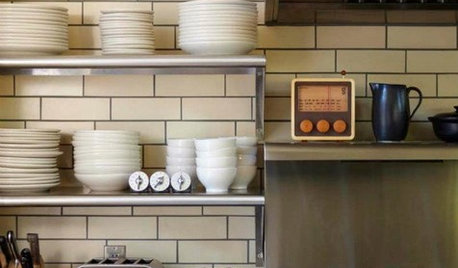
KITCHEN DESIGNCreate Your Own Checklist for a Well-Stocked Kitchen
Personalize the kitchen with your own must-haves from our list of top cooking tools, small appliances, pots, pans and more
Full Story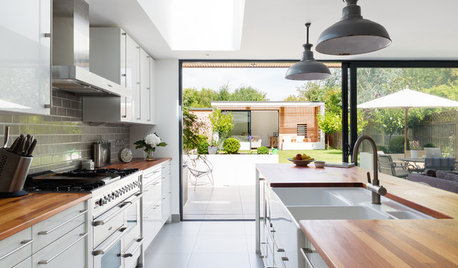
KITCHEN DESIGNA Designer Shares Her Kitchen-Remodel Wish List
As part of a whole-house renovation, she’s making her dream list of kitchen amenities. What are your must-have features?
Full Story
HOW TO PHOTOGRAPH YOUR HOUSEAttract Home Buyers Easily With Great Photography
Show your home's best face in real estate listing photos to have potential buyers knocking down your door
Full Story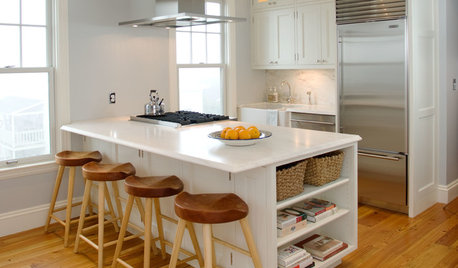
KITCHEN DESIGN20 Kitchen Must-Haves From Houzz Readers
We asked you to tell us your top kitchen amenities. See what popular kitchen features made the list
Full Story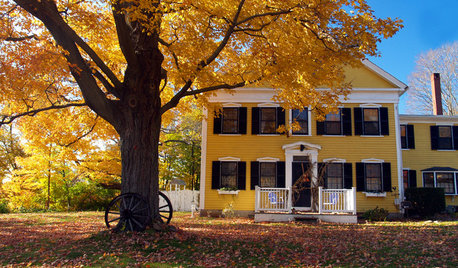
LIFETo-Dos: Your October Home Checklist
It’s a great time to clean your gutters, swap out seasonal clothes and wallow in favorite fall traditions. What’s on your October list?
Full Story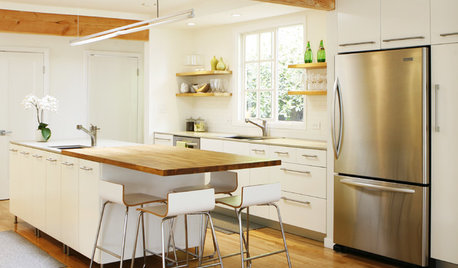
LIFESurprising Ways to Pare Down at Home
All those household items you take for granted? You might not need them after all. These lists can help you decide
Full Story
LIFEWhat You’re Reading This Summer — and Where
Check out Houzzers’ summer reading lists and get some ideas for your own!
Full Story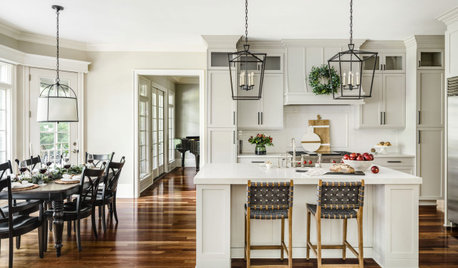
HOLIDAYSMake Your Checklist for Entertaining Season
Tailor this master list to help you set the scene — and table — for the holidays
Full Story
SELLING YOUR HOUSE10 Low-Cost Tweaks to Help Your Home Sell
Put these inexpensive but invaluable fixes on your to-do list before you put your home on the market
Full Story
SELLING YOUR HOUSE7 Must-Dos on the Day You Show Your House
Don’t risk losing buyers because of little things you overlook. Check these off your list before you open the front door
Full Story





fruitnut Z7 4500ft SW TX
eboone_gw
Related Professionals
Maple Valley Landscape Architects & Landscape Designers · Fort Lee Landscape Architects & Landscape Designers · Williamsburg Landscape Contractors · Concord Landscape Contractors · Aberdeen Landscape Contractors · Cerritos Landscape Contractors · Davis Landscape Contractors · Golden Landscape Contractors · Goodlettsville Landscape Contractors · Lakeville Landscape Contractors · Rancho Santa Margarita Landscape Contractors · Roseville Landscape Contractors · Wentzville Landscape Contractors · Wilton Landscape Contractors · Chicago Ridge Landscape Contractorsmilehighgirl
franktank232
mrsg47Original Author
ChgoEddie
milehighgirl
alan haigh
milehighgirl
RobThomas